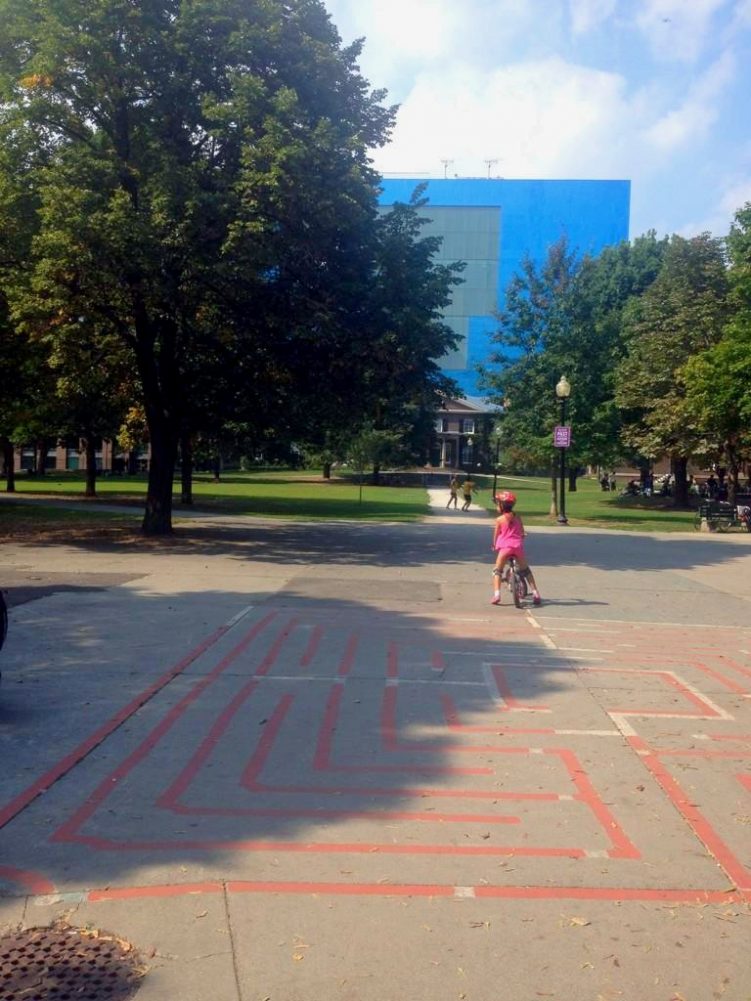“A-MAZE-ING” – Labyrinth – Augusta Avenue – Pedestrian Sundays – Kensington Market – Toronto
Comments Off on “A-MAZE-ING” – Labyrinth – Augusta Avenue – Pedestrian Sundays – Kensington Market – Toronto
August 31st, 2014 Permalink
A post shared by Melissa Agostino (@salitabacchi_melissa) on Aug 31, 2014 at 6:38pm PDT
